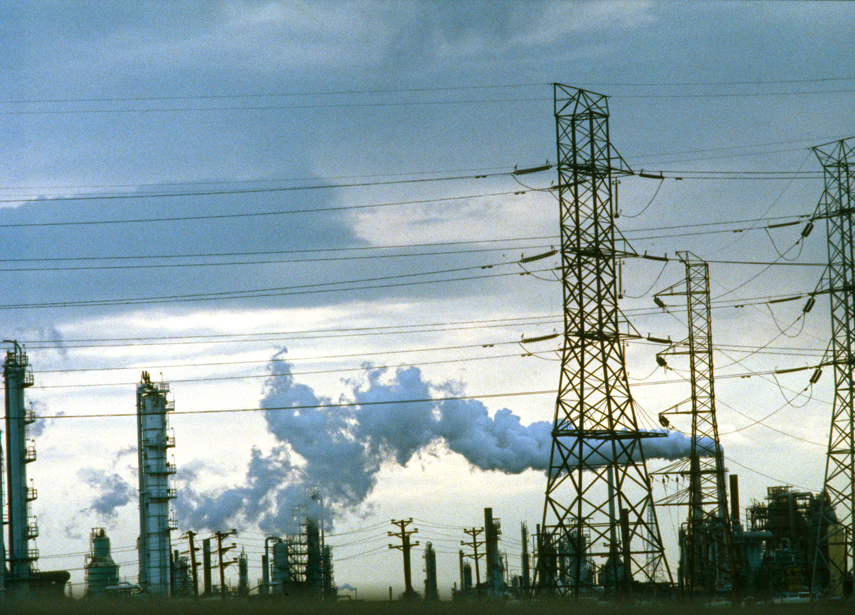Over polluted midlatitude regions, monthly mean ground-level ozone peaks during the summer, with ozone production fueled by regionally emitted nitrogen oxides (NOx), abundant biogenic volatile organic compounds (VOCs), and sunlight. Using a global chemistry-climate model to simulate ozone during the 21st century, Clifton et al. show that the seasonality of ground-level ozone could reverse over the northeastern United States before midcentury. They attribute this shift to large reductions in eastern U.S. NOx emissions. Observations indicate this shift is already happening because the summertime peak has broadened in recent years.
Nitrogen oxides are produced as a by-product of combustion—high temperatures cause nitrogen and oxygen in the atmosphere to react. Photochemical reactions involving NOx and VOCs, including methane, contribute to the formation of ground-level ozone. Although ozone plays an important role in the upper atmosphere as a shield against ultraviolet radiation, at ground level it is a hazardous pollutant.
The authors find that doubling global methane—a strong, well-mixed greenhouse gas and precursor to baseline levels of ozone—increases monthly mean ground-level ozone during all months, especially wintertime and early spring, when the ozone lifetime is longest. Thus, although NOx reductions change the shape of the northeastern U.S. ground-level ozone seasonal cycle, rising methane amplifies the winter-spring peak.
In the absence of changes in ozone precursor emissions, global climate warming is expected to increase peak summertime ground-level ozone. Additional regional NOx emission reductions can mitigate this adverse effect of climate warming on summertime ozone pollution. (Geophysical Research Letters, doi:10.1002/2014GL061378, 2014)
—Colin Schultz, Freelance Writer
Citation: Schultz, C. (2015), Changing patterns in U.S. air quality, Eos, 96, doi:10.1029/2015EO024509. Published on 18 February 2015.
Text © 2015. The authors. CC BY-NC 3.0
Except where otherwise noted, images are subject to copyright. Any reuse without express permission from the copyright owner is prohibited.

